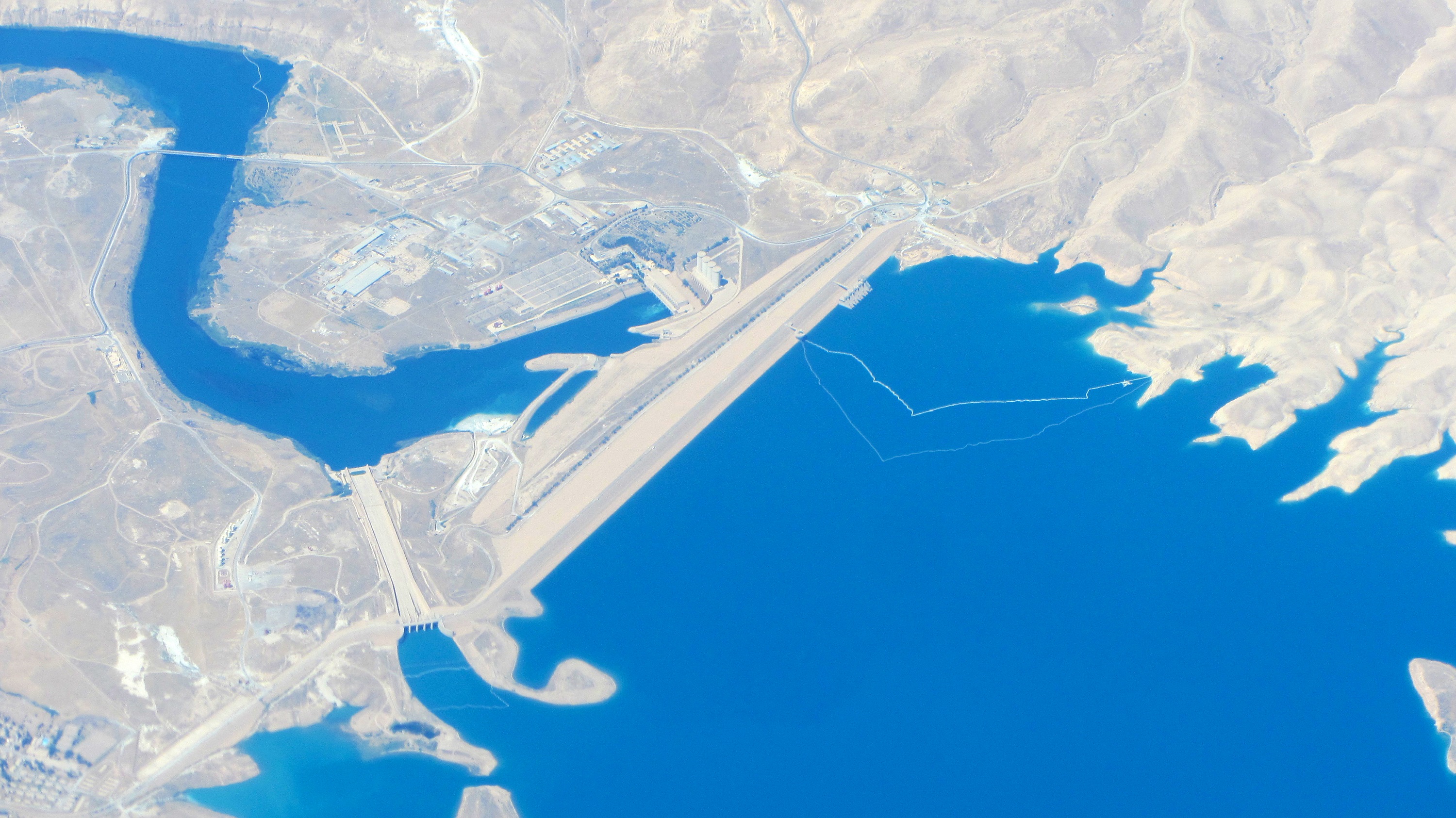“Mosul represents probably one of the largest urban battles that will have taken place since World War 2,” said Lise Grande, Humanitarian Coordinator for Iraq, to UN correspondents in a phone call at a UN press briefing on January 11th.
Grande reported that there is an estimated 750,000 civilians stuck in the ISIL-controlled Western half of Mosul. She added that 47 percent of all casualties in Mosul are civilians, which is a shocking number considering that the expected figure for civilian casualties, according to Grande, should be more like 20 percent at the maximum. Grande also said that through analysis of wounded civilians, it has become evident that ISIL fighters are “directly targeting” civilians and shooting at them as they attempt to flee or gather food and other resources. Civilians are also at risk from IED contamination or booby traps, and ISIL soldiers are continuing the practice of using civilians as human shields. A siege or attack to liberate the Western half of Mosul is expected to begin shortly, but Grande warned that a siege on 750,000 people could have devastating humanitarian consequences.
Despite the bleak situation that civilians face with ISIL, there is a danger that may pose an even greater risk to the people of Mosul and Iraq: the Mosul dam. The 3.6 kilometer long dam was built under the order of Saddam Hussein starting in 1981 and finished three years later. Currently the dam is being protected by Italian soldiers against ISIL. The problem with the dam is that it was built on a foundation of anhydrite, marl, and limestone, with gypsum scattered all throughout, a substance that dissolves in contact with water. Due to this soluble rock foundation, the dam is subject to karstification, a phenomenon where the bedrock of the dam becomes riddled with shoots and voids that require constant supervision to fix and fill so that the dam does not ultimately sink and break apart, letting loose the entire reservoir of water that it holds back. So that is how the dam was operated, with a team of people working around the clock to detect and fill the voids with cement that continually manifest in the foundation in a process known as grouting. When ISIS soldiers took control of the dam in 2014, most of the dam’s workers were driven away and ISIS fighters and American airstrikes destroyed much of the machinery. Work on the dam came to a complete halt, even when the water flowing under the dam through the voids did not. Due to the lapse in grouting (there is no consensus as to exactly how long that lapse lasted), deep voids had opened up in the foundation of the dam, tremendously contributing to its erosion. Once the dam was recaptured, it was found that not only had large cavities opened up, but that large parts of the dam had settled unevenly into the ground, signally a massive shift in the earth below. John Schnittker, an economist that has been working with Iraq water issues for more than a decade, predicted that “the dam could break at any moment.” For a more comprehensive explanation of the dam’s history, refer to this article:

In the event of a catastrophic outburst of the dam, Grande said that the consequences could be of biblical proportions. Up to as many as 20 million people could be impacted by the flow of water, which would cause massive population displacement and tremendous infrastructure damage as well as death to the 500,000 to 1.57 million people living immediately along the banks of the Tigris. The wave would plow through Mosul and “sweep up everything in its path, including people, cars, unexploded ordnance, waste and other hazardous material, further endangering massive population centers that lie in the flood path,” according to US Permanent Representative Samantha Power, following a briefing on the Mosul dam.
Within an hour to four hours of the break, Mosul would be under as much as 45 feet of water, giving residents little time to respond. According to a US Embassy report, the wave would also reach parts of Baghdad, resulting in “dislocation, increased health hazards, limited to no mobility, and losses of homes, buildings, and services,” for the majority of its 6 million residents. The water will deliver a shock to Iraq’s entire electricity grid as it takes out all power plants in its path, as well as destroying a large portion’s of Iraq’s agriculture. In short, the consequences would be disastrous.
In May 2016, 500 Italian troops were sent to Iraq to protect the workers who are repairing the structural damage to the Mosul dam. The workers come from Italian Trevi Group, who, in February, signed a contract, reported to be upwards of 200 million dollars, with the Iraqi government to complete the work. On October 7th, 2016, Italian newspaper Repubblica reported that ten days prior saw multiple rounds of missiles shot well away from the Italian camp. Rather than a legitimate attack, it seemed more like a way to tell the strength of the Italian forces, and also to remind them that while ISIL had grown weak, it was still alive. This display heightened the tension felt by the Italian soldiers and workers stationed at the dam, as the dam itself represents a huge military advantage. If ISIL were somehow to gain control of the dam, it would have the power to wreak devastating havoc on the whole of Iraq. As more and more of Mosul is retaken and ISIS loses more ground, the Mosul dam may be moving ever closer to becoming a last symbol of fiery exit for a dying ISIS. The role of the Italians in protecting and repairing the dam has become more important than ever.










